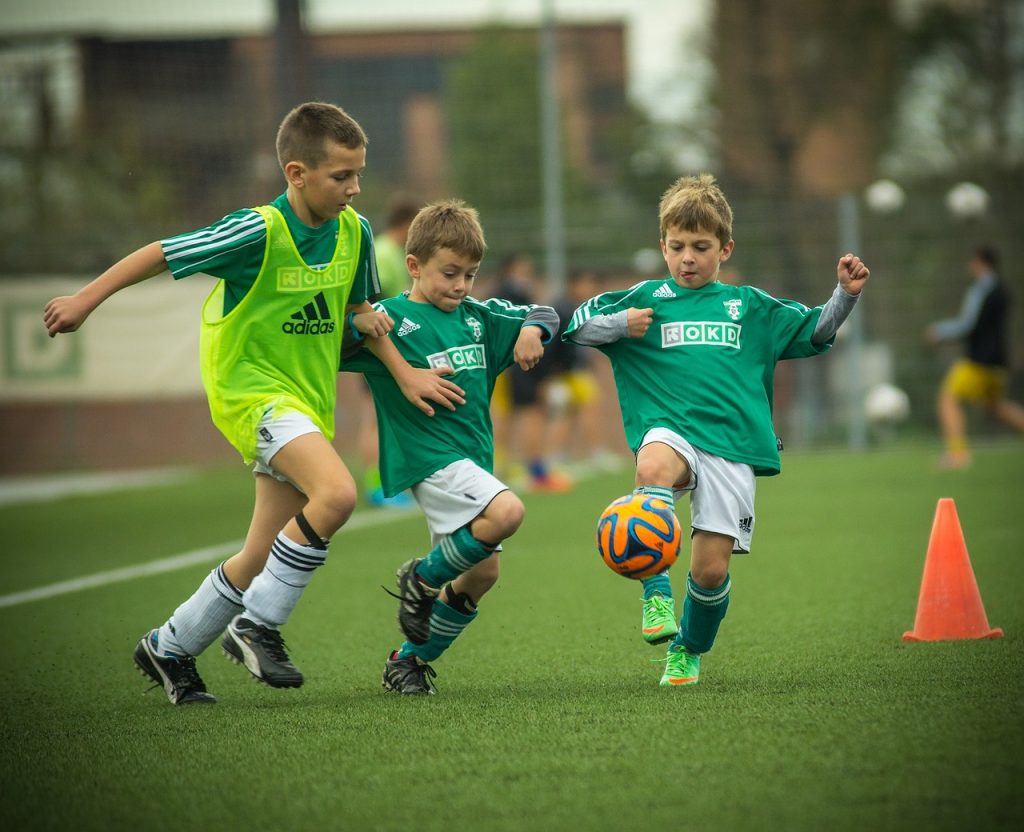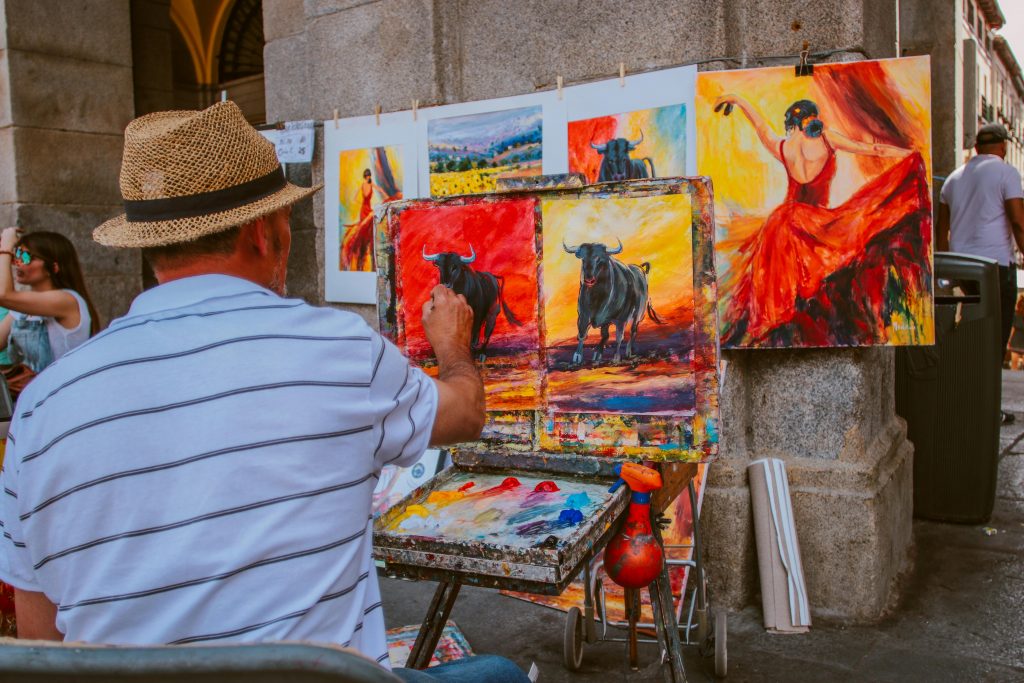The culture and ways of living in the rest of Europe are just as important for informing the rest of the people, whether out of curiosity about how people of the same age, sex, or religion live across the continent or to know (for informational purposes) the current state of future generations, depending on their attitudes, aptitudes and most importantly: development.
One of the most important parts of such development is how young people use their free time to develop themselves – whether for better or worse – how they spend their free time, their hobbies, and how these affect their daily life and future.
Digital Activities
To give an example, let’s start with something easy: in Spain, 74.6% of 15–29-year-olds use chatting and surfing the internet as their main leisure activity, having a significant impact on the information they acquire and how it affects their psychosocial development in front of others.
Others, for example (68.5%), watch series and movies via streaming (Netflix, Amazon Prime Video, HBO…).
If we continue within the same digital environment (and the same age parameters), we find the following statistics:
- 41.5% like to play video games or similar activities
- 93% participate in social networks
- 84.9% are involved in content creation, and 1 in 3 want to become an influencer
- 55.1% think that social networks are very important for their leisure
- The average time young people spend on digital activities to unwind is 7 hours
These practices in Spain are at a very high level, making social relationships often based on chats about digital content, influencers, or related topics.

Social Activities
The social part is not left behind. In Spain, social practices are commonly done due to local customs, safety, and the nature of Spaniards themselves.
For example, going out with friends—or as it is known locally, “quedada” – is a common practice among young people, especially on weekends or holidays.
It is quite simple: just decide on a meeting place, go there, and the journey begins. It can end anywhere and last many hours—just live the moment with your friends and try to spend the day in a more sociable way.
Using the same age parameters as above, approximately 54.6% of young people spend their time with friends, either meeting them outside or simply spending time elsewhere (it should be noted that this number is directly proportional to virtual activities).
- Going out for lunch or dinner (technically with a friend) represents 40.8%
- Going out to party (clubs, discotheques, bars, or going out for drinks) represents 22.7%
(This data is quite surprising, because Spain is considered by many as one of the countries with the best parties, with a lot of clubs, bars, and even a special area known as Ibiza, famous for its party scene. This percentage does not even reach a third of the Spanish population. However, this is likely due to the wide age range used in this article; if younger and older ages were excluded, the number would surely increase exponentially.)
Social practices, as we can see, are quite common in Spain, being a very sociable country in many ways. However, these numbers are beginning to decline over time due to the digitization of activities and increased use of devices.
Sports or Outdoor Activities
Sports activities are not left behind. Spain is one of the countries where sports are widely practiced and encouraged among new generations, having a significant impact on health, the body, and lifestyle.
According to a 2022 survey on Sports Habits, 59.9% of the population aged 15 and older practiced sport in the last year, either periodically or occasionally—more than half of the age group.
The most practiced sports are:
- Soccer
- Basketball
- Swimming
- Cycling
- Running
- Hiking

Cultural Activities
Cultural activity as a means of leisure is another way to have fun or pass the time. Culture in Spain plays a fundamental role because it is made up of different autonomous communities, each with its own history, traditions, foods, and even languages that differ from Spanish.
For example:
Andalusia:
- Feria de Abril: A festival celebrated after Semana Santa, with “casetas,” flamenco, and traditional rides.
- Semana Santa: Celebrated with great fervor in cities such as Seville, Malaga, and Granada, with processions and religious events.
- Romería del Rocío: A religious pilgrimage that attracts thousands of devotees and visitors.
Catalonia:
- La Mercè: Major city festival, with “castellers,” “correfocs,” concerts, and cultural activities.
- Sant Jordi: Day of the book and the rose, when the streets are filled with book and flower stalls.
Galicia:
- Festa do Albariño: A festival in August dedicated to Albariño wine, with tastings and cultural activities.
- Romería Vikinga: Reenactment of Viking landings, with ships and period costumes.
Madrid:
- Fiestas de San Isidro: Celebrated in May in honor of Madrid’s patron saint, with open-air dances, concerts, and traditional events.
- Autumn Festival: A cultural event in November that includes theater, dance, and music.
Among other autonomous communities. People usually attend these festivities with friends or family, having a memorable time.

Conclusion
In Spain, you can see how young people can have fun and spend their time in many different ways and places – and how modern technologies influence these experiences.
With the growth of digital networks, fewer people go out into the streets, preferring to stay home. The risk of becoming disconnected from others increases, and socializing is no longer as it was in the past, when people talked, met up, and had fun face-to-face.
Even so, Spain remains a great country where multiculturalism and new customs offer more ways to have fun – through festivals, dances, and more.
This shows, in statistical terms, that while a large part of the youth population may stay at home using their devices, others are out with friends at clubs, some practice sports, and others simply enjoy their culture through local festivities. This proves not only that Spain is a multicultural country, but also a “Multifun” one.
Sources:
Digital activities:
https://www.reasonwhy.es/actualidad/juventud-ocio-tiempo-libre-internet-informe-fad-reina-sofia?utm
https://www.lavanguardia.com/vida/20221201/8629316/principal-actividad-ocio-jovenes-chatear-navegar-internet.html?utm
Social activities:
Sports or outdoor activities:
https://www.europapress.es/epsocial/infancia/noticia-juventud-espanola-cada-vez-mas-tecnologica-sale-menos-fiesta-fad-20191127115828.html?utm
Cultural activities:
https://www.eumed.net/rev/cccss/16/ggs.html?utm
